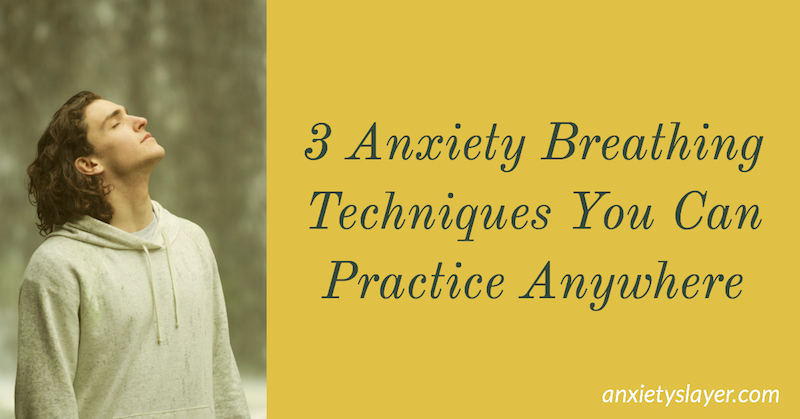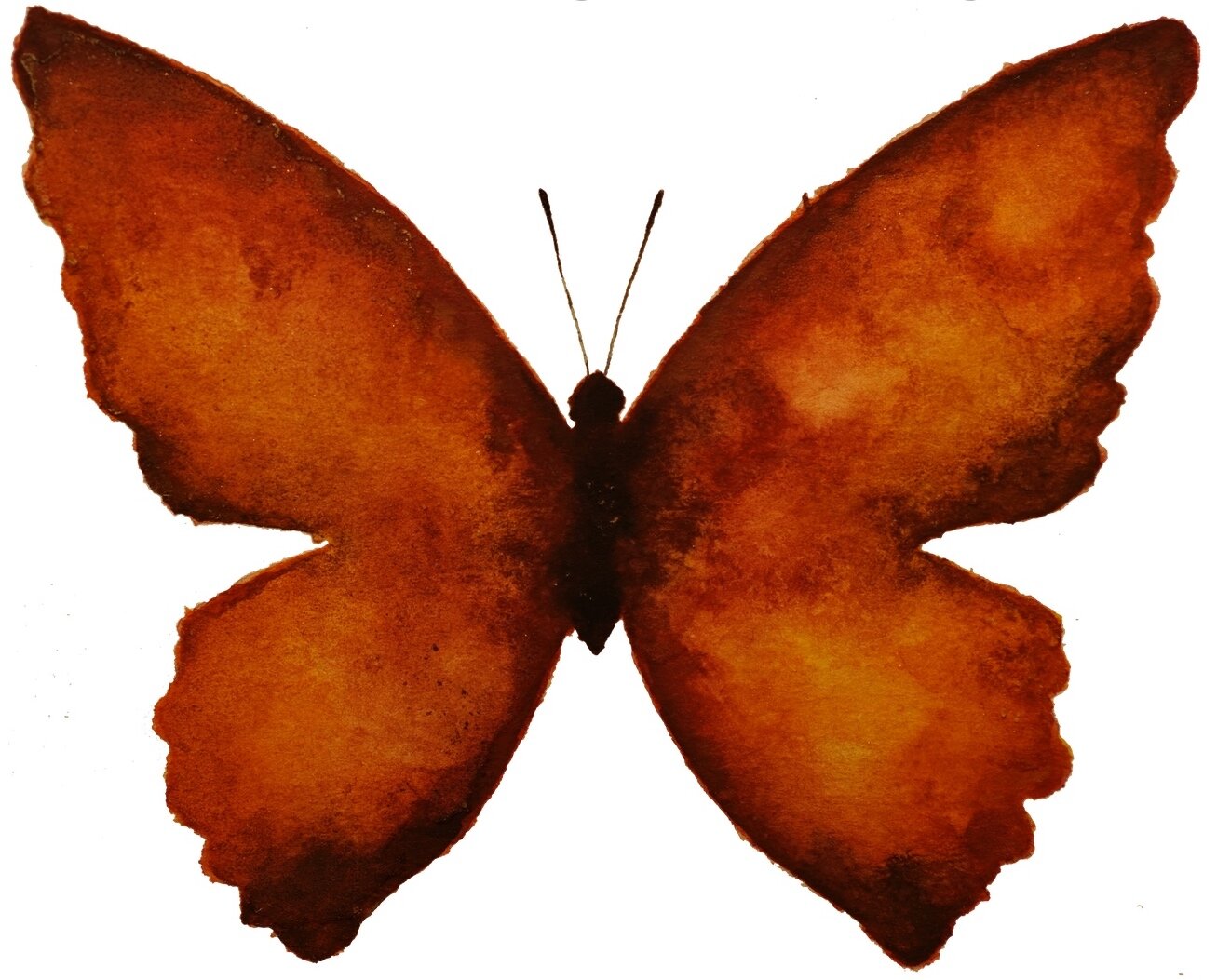3 Anxiety Breathing Techniques You Can Practice Anywhere

Breathing Techniques are a safe and natural way to calm anxiety. And once learned, you can practice them anywhere. Just three minutes of calm breathing can help you settle racing thoughts and reduce anxiety.
Many people living with high levels of anxiety tend to breathe high up in their chest. Shallow breathing can increase anxiety by building into hyperventilation that causes an imbalance in oxygen and carbon dioxide levels. Slow, steady breathing focusing on a longer exhalation redresses this imbalance and takes the body out of the fight or flight and anxiety into a more relaxed state. Working with anxiety calming breathing techniques sends a message to your nervous system that allows it to downgrade anxiety and switch into the relaxation response.
Here are 3 of our favourite Anxiety Breathing Techniques
1. The Measured Breath
Here's how to do it:
You can sit or stand, but be sure to soften up a little before you begin. Make sure your hands are relaxed, and your knees are soft.
Drop your shoulders and let your jaw relax.
Now breath in slowly through your nose and count to four, keep your shoulders down and allow your stomach to expand as you breathe in.
Hold the breath for a moment.
Now release your breath slowly and smoothly as you count to seven.
Repeat for a couple of minutes.
2. The Bumble Bee Breath
You might prefer to be alone for this one as you'll be making a noise. Strange though it sounds, this little technique has been used for thousands of years for calming the mind and it feels so good that you probably won't care what people think. Whenever I teach workshops on meditation or reducing stress and anxiety the Bumble Bee Breath is always a favourite.
Here's how to do it:
Relax your shoulders
Close your throat slightly so you can hear your breath when you breathe in
Cover your ears with your thumbs and your eyes with your fingers
Keep your lips closed but lightly and your teeth slightly apart with your jaw relaxed and breathe out slowly making a long, low humming sound
Make your exhalation long and smooth
Repeat 5-10 times
Then sit with long slow breaths for a couple of minutes and enjoy the peace.
And finally, the most popular breathing exercise for anxiety: Diaphragmatic, or Belly, breathing. This exercise is especially effective when panic or anxiety attacks strike. I recommend you try it any time you feel slightly stressed, or aggravated so you become really familiar with it. Then, if you find yourself feeling anxious or hyper-ventilating you can start belly breathing immediately and it will help you feel in control fast.
Follow our guided Bumblebee Breathing Practice on our Patreon
3. Belly Breathing for Relaxation
Breathe in slowly and deeply through your nose. Make sure your shoulders are down and relaxed. In this exercise, your stomach should expand, but your chest should rise very little. So, if you want, you can place one hand on your stomach and the other on your chest so you can feel how you are breathing.
Exhale slowly through your mouth. As you blow air out, purse your lips slightly, but keep tongue and jaw relaxed. You may hear a soft “whooshing” sound as you exhale. That's good, listen for that sound every time your practice and learn to value it as the sound of relaxation.
Repeat this breathing exercise for several minutes. Make your outgoing breath as long and smooth as you can. The out breath is the key to relaxation so give it your full attention and practice breathing out in a long slow controlled breath and you will quickly feel the benefit.
Please feel welcome to download and share our reminder image if you know someone it might help.

